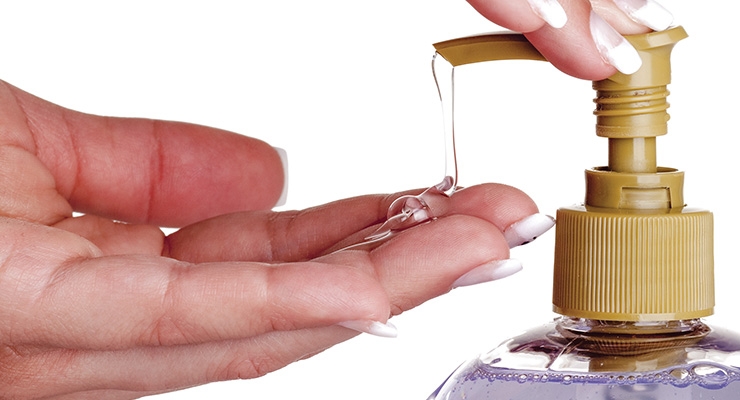How to Guide: Sanitary Disinfectants and their Effect on Virus Resistance
Introduction:
Sanitary hygiene is of utmost importance, especially in spaces with high human traffic. The outbreak of viruses like SARS-CoV-2 (the virus responsible for COVID-19) has intensified the need for effective disinfection practices. In this guide, we will focus on sanitary disinfectants and their role in combating viruses. We will also explore the concept of virus resistance and how it can be addressed.
-
Understanding Sanitary Disinfectants:
Sanitary disinfectants are chemical agents that help eliminate germs, bacteria, and viruses from surfaces and objects. These disinfectants work by disrupting the structure or function of these harmful microorganisms, making them inactive or noninfectious. -
Choosing the Right Disinfectant:
When selecting a sanitary disinfectant, consider the following factors:
a. Spectrum of activity: Ensure the disinfectant is designed to target a wide range of microorganisms.
b. Safety: Check if the product is suitable for the intended surface, environment, and application method.
c. Ease of use: Opt for user-friendly disinfectants that require minimal training and effort.
d. Residual effect: Some disinfectants can provide ongoing protection after application.
e. Compatibility: Ensure the disinfectant is compatible with commonly used materials and equipment. -
Commonly Used Sanitary Disinfectants:
There are several types of sanitary disinfectants available in the market, each with different active ingredients. Here are a few commonly used ones:Disinfectant Type Active Ingredient Bleach-based Sodium hypochlorite Alcohol-based Ethanol, isopropanol Quaternary Ammonium Compounds (QUATs) Benzalkonium chloride Hydrogen Peroxide-based Hydrogen peroxide Phenolics Phenol derivatives It is essential to follow the manufacturer's instructions for proper dilution, application method, and contact time for effective disinfection.
-
The Concept of Virus Resistance:
Virus resistance refers to a situation where viruses mutate or adapt to become less susceptible to the effects of certain disinfectants. Over time, continuous exposure to low levels of disinfectants can enhance a virus's ability to survive and proliferate, potentially reducing the efficacy of the disinfectant. -
Addressing Virus Resistance:
To address virus resistance, here are some precautions to consider:
a. Rotating disinfectants: Regularly change the type of disinfectant used to minimize the risk of resistant viruses.
b. Multiple active ingredients: Use disinfectants containing different active ingredients to target various vulnerabilities of the viruses.
c. Complete coverage: Ensure all surfaces and objects are adequately disinfected as per recommended procedures. Pay attention to frequently touched areas.
d. Disinfectant concentration: Follow the manufacturer's instructions regarding the proper concentration or dilution ratio of the disinfectant for optimal efficacy.
e. Cleaning prior to disinfection: Remove organic matter and dirt from the surfaces before applying the disinfectant to maximize its efficiency. -
Best Practices for Sanitary Disinfection:
In addition to choosing the right disinfectants and addressing virus resistance, consider implementing these best practices:
a. Hand hygiene: Encourage regular handwashing with soap and water or the use of alcohol-based hand sanitizers.
b. Proper ventilation: Ensure adequate ventilation in closed spaces to reduce the concentration of airborne viruses.
c. Public awareness: Educate individuals about hygiene practices, including cough etiquette and proper disposal of used tissues.
d. Regular cleaning and disinfection: Establish a routine schedule to ensure surfaces and objects are regularly cleaned and disinfected, especially in high-risk areas.
e. Personal protective equipment (PPE): Employ appropriate PPE, such as gloves, masks, and goggles, when handling disinfectants.
Conclusion:
Sanitary disinfectants play a crucial role in maintaining clean and germ-free environments. By understanding the concept of virus resistance and following recommended practices, we can enhance the effectiveness of disinfection protocols and create safer spaces for everyone. Remember to stay updated with the latest guidelines provided by health authorities and adapt your approach accordingly.



 Admin
Admin 






